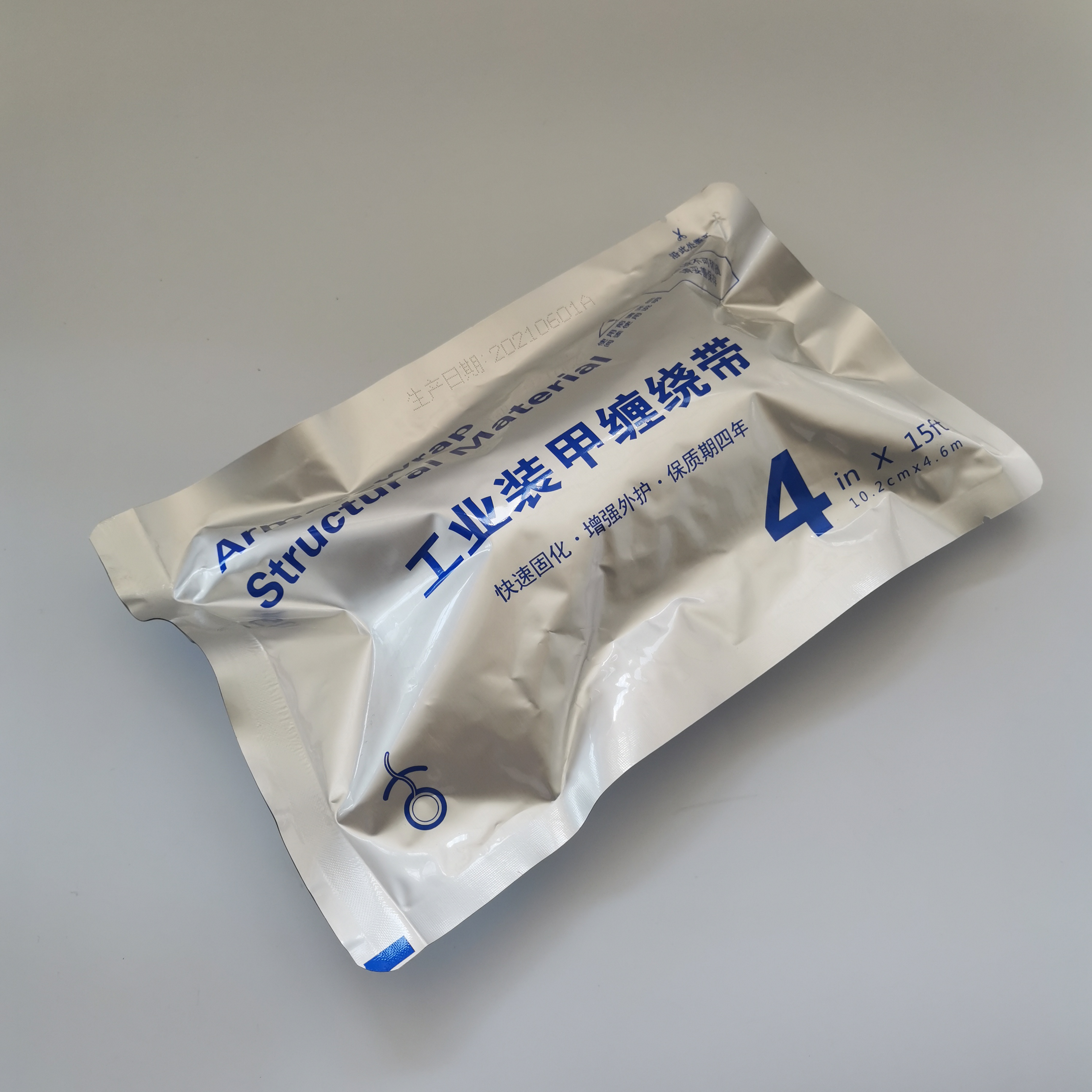Self-Adhesive Rubber Insulation A Comprehensive Guide
Insulation plays a crucial role in maintaining energy efficiency and thermal comfort in both residential and commercial buildings. Among the various insulation materials available on the market, self-adhesive rubber insulation has gained significant popularity due to its numerous benefits and ease of installation. This article will delve into the characteristics, advantages, applications, and installation process of self-adhesive rubber insulation.
What is Self-Adhesive Rubber Insulation?
Self-adhesive rubber insulation refers to a type of insulation material made from synthetic rubber that features an adhesive backing. This innovative product is designed to provide thermal insulation, soundproofing, and vibration dampening. The rubber material is typically closed-cell, which makes it resistant to moisture absorption and helps in preventing mold and mildew growth. Commonly, this insulation is used in HVAC (Heating, Ventilation, and Air Conditioning) systems, refrigeration units, and plumbing applications.
Advantages of Self-Adhesive Rubber Insulation
1. Ease of Installation One of the primary advantages of self-adhesive rubber insulation is its ease of installation. The adhesive backing allows for quick application without the need for additional bonding agents. This feature not only saves time but also reduces labor costs.
2. Excellent Thermal Performance The closed-cell structure of rubber insulation contributes to its superior thermal performance. It effectively minimizes heat transfer, ensuring that systems operate efficiently and reducing energy consumption. This is particularly important in HVAC applications where maintaining a consistent temperature is vital.
3. Sound Dampening Properties Self-adhesive rubber insulation is also known for its sound absorption capabilities. This makes it an excellent choice for reducing noise transmission in both commercial and residential settings. Whether it’s minimizing the sound of running HVAC units or reducing echoes in large spaces, this insulation can significantly enhance acoustic comfort.
4. Moisture Resistance The closed-cell composition prevents moisture from penetrating the insulation material. This characteristic not only helps maintain the integrity of the insulation but also protects pipes and ducts from condensation buildup, which can lead to corrosion and other issues.
5. Durability and Longevity Rubber insulation is resistant to aging and degradation, making it a long-lasting solution. Unlike some other insulation materials that may become brittle over time, self-adhesive rubber maintains its structural integrity, providing reliable performance for many years.
Applications of Self-Adhesive Rubber Insulation
self adhesive rubber insulation

Self-adhesive rubber insulation is versatile and suitable for a wide range of applications. Common uses include
- HVAC Systems Insulating ducts, pipes, and equipment to improve energy efficiency and reduce noise. - Refrigeration Insulating refrigeration lines and units to maintain cooler temperatures and optimize energy use. - Plumbing Providing insulation for hot and cold water pipes, preventing heat loss and condensation. - Industrial Equipment Protecting machinery and equipment from thermal and acoustic issues, enhancing their performance and longevity.
Installation Process
Installing self-adhesive rubber insulation is a straightforward process. Here’s a simplified guide
1. Surface Preparation Ensure that the surface to be insulated is clean, dry, and free from dust, grease, or any loose materials. This step is crucial for optimal adhesion.
2. Measure and Cut Measure the length of the area to be insulated and cut the insulation material accordingly. Rubber insulation typically comes in rolls or sheets, which can be easily cut with a utility knife.
3. Peel and Stick Remove the protective backing from the adhesive side of the insulation. Carefully align it with the prepared surface and press it firmly into place. For larger areas, it may be helpful to work in sections.
4. Sealing Edges To ensure a complete seal and further enhance thermal performance, seal the edges with appropriate adhesive or tape, especially in areas where two pieces meet.
5. Final Inspection After installation, inspect the insulation to ensure there are no gaps or bubbles. Properly installed self-adhesive rubber insulation will provide effective energy savings and comfort.
Conclusion
Self-adhesive rubber insulation epitomizes an effective solution for modern insulation challenges. Its ease of installation, thermal efficiency, moisture resistance, and sound-dampening properties make it a preferred choice for various applications. As energy efficiency becomes an increasingly critical concern, self-adhesive rubber insulation stands out as a practical and reliable option for consumers and contractors alike.
-
XIANGFAN Rubber Tape-Ultimate Solutions for All Your Insulation NeedsNewsJun.24,2025
-
XIANGFAN Rubber Tape-Protection for Industrial and Residential ApplicationsNewsJun.24,2025
-
XIANGFAN Rubber Tape: Superior Safety and Sealing for Demanding EnvironmentsNewsJun.24,2025
-
XIANGFAN Rubber Tape: Reliable Solutions for Every Electrical ChallengeNewsJun.24,2025
-
XIANGFAN Electrical & Industrial Tape: Powering Reliability Across IndustriesNewsJun.24,2025
-
XIANGFAN Electrical & Industrial Tape: Excellence in Every ApplicationNewsJun.24,2025
